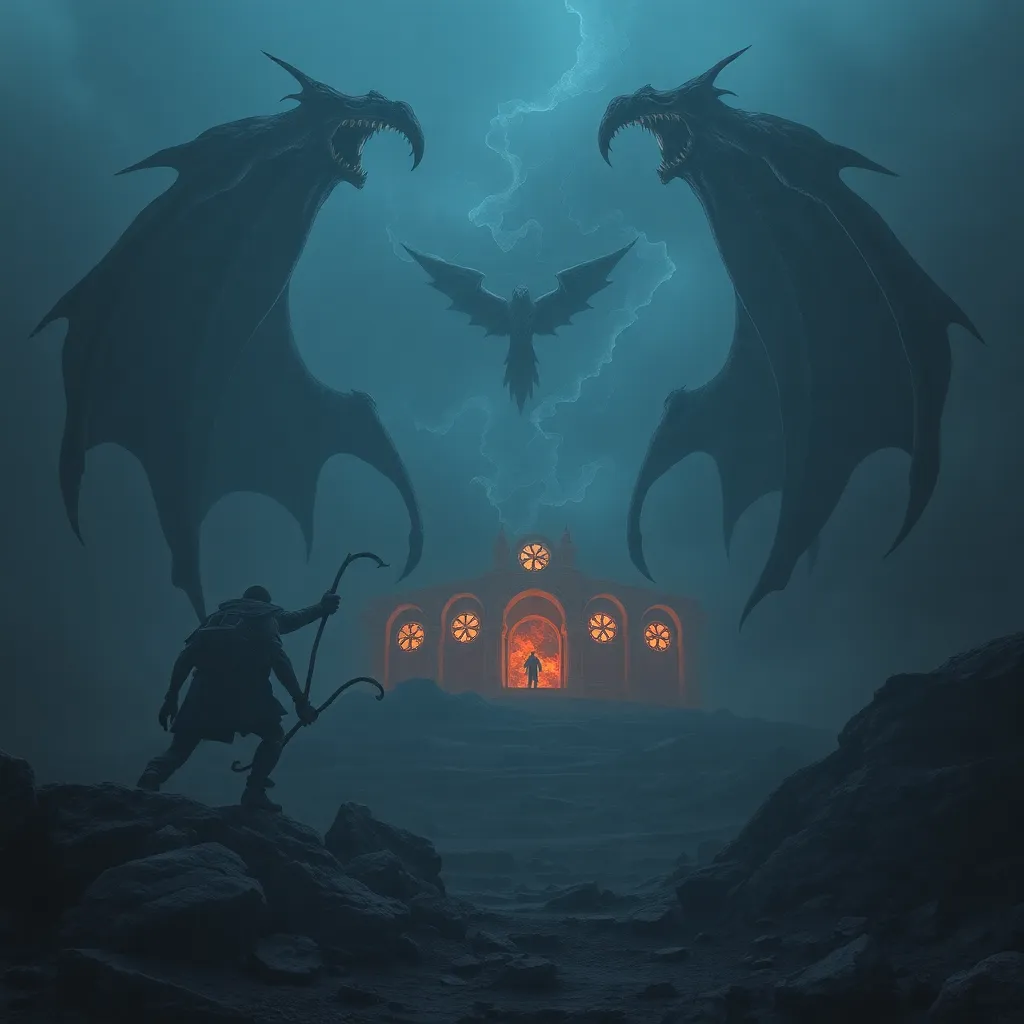From Fear to Fascination: The Evolution of the Yeti Myth
I. Introduction
The Yeti, often described as a large, ape-like creature inhabiting the Himalayan mountains, has intrigued and terrified people for centuries. Its cultural significance spans across various societies, particularly in the regions surrounding the Himalayas. From a fear-inducing monster lurking in the shadows to a subject of fascination and study, the Yeti myth has evolved significantly over time.
This article aims to explore the transformation of perceptions surrounding the Yeti, tracing its origins in folklore to its current status in popular culture and conservation efforts.
II. Historical Origins of the Yeti Myth
The Yeti’s origins can be traced back to ancient Himalayan folklore, where it is often depicted as a powerful and mysterious being. Early accounts describe the creature as a fearsome presence, believed to dwell in the remote and treacherous mountain terrain.
Some of the earliest descriptions of the Yeti can be found in:
- Local Legends: Indigenous communities have long told stories of the Yeti, often portraying it as a guardian of the mountains.
- Ancient Texts: Texts such as the Manaslu and Mahabharata reference similar creatures, hinting at a long-standing mythological background.
For the indigenous communities, the Yeti is not merely a creature of fear; it holds cultural significance, representing the wild and untamed nature of the Himalayas.
III. The Yeti in Western Popular Culture
The introduction of the Yeti to Western audiences occurred in the 19th century, primarily through explorers and mountaineers who ventured into the Himalayas. Their accounts of sightings sparked curiosity and speculation.
Famous expeditions that fueled Western interest include:
- Sir Edmund Hillary: His 1953 expedition to Mount Everest included reports of Yeti sightings, which captivated the Western imagination.
- The 1950s Expeditions: Various teams scoured the Himalayas in search of the Yeti, leading to numerous reports and photographs, although many were later debunked.
The role of media, particularly in the form of newspapers and later television, was pivotal in shaping the Yeti narrative, often sensationalizing stories to attract readers and viewers.
IV. From Fear to Fascination: The Shift in Perception
Initially, the Yeti was associated with fear and danger, often depicted as a menacing creature responsible for mysterious disappearances in the mountains. This fear was compounded by the treacherous and often unexplored terrain of the Himalayas.
However, perceptions shifted over time:
- Transition to Intrigue: As exploration became more common, the Yeti evolved into a subject of fascination rather than just fear, with people intrigued by the possibility of its existence.
- Adventure Literature and Films: Books and movies featuring the Yeti, such as The Abominable Snowman and documentaries, contributed to its allure, portraying it as a misunderstood creature rather than a monster.
V. The Yeti as a Symbol of Environmental Conservation
In recent years, the Yeti has transcended its mythological roots to become a symbol of environmental conservation, particularly concerning the fragile ecosystems of the Himalayas.
The Yeti’s role in raising awareness includes:
- Ecological Awareness: The creature is often used in campaigns highlighting the importance of preserving Himalayan biodiversity.
- Wildlife Preservation: Organizations have adopted the Yeti as a mascot to promote wildlife preservation initiatives in the region.
Modern conservation initiatives are increasingly linked to the Yeti myth, utilizing its popularity to draw attention to environmental issues.
VI. Scientific Investigations and Skepticism
Numerous scientific investigations have aimed to find concrete evidence of the Yeti’s existence, yet none have conclusively proven its reality.
Some key aspects of these investigations include:
- Field Studies: Expeditions have searched for physical evidence, such as footprints or hair samples, often resulting in inconclusive findings.
- Scientific Explanations: Many Yeti sightings have been attributed to misidentified animals, such as bears or other large wildlife.
This balance between myth and reality continues to fuel discussions about the Yeti, with skepticism coexisting alongside fascination.
VII. The Yeti in Modern Media and Consumer Culture
In contemporary media, the Yeti has become a staple in films, books, and merchandise, further embedding it into popular culture.
Some notable representations include:
- Films: Movies like Smallfoot and Abominable present the Yeti in a friendly light, appealing to younger audiences.
- Books: Literature continues to explore the Yeti myth, often blending adventure and fantasy.
- Merchandise: The commercialization of the Yeti has led to a variety of products, from toys to clothing, further saturating consumer culture.
Social media platforms have played a significant role in perpetuating fascination with the Yeti, with viral posts and memes contributing to its enduring popularity.
VIII. Conclusion
The evolution of the Yeti myth is a fascinating journey from fear to fascination, reflecting broader cultural shifts and interests. Originally a creature of terror, the Yeti has transformed into a symbol of intrigue and environmental consciousness.
As the Yeti continues to capture the imagination of people worldwide, it serves as a reminder of the interplay between myth, fear, and fascination, reminding us of the mysteries that still exist in our world.
Ultimately, the Yeti is more than just a legend; it represents our curiosity about the unknown and our ongoing quest to understand the natural world.



